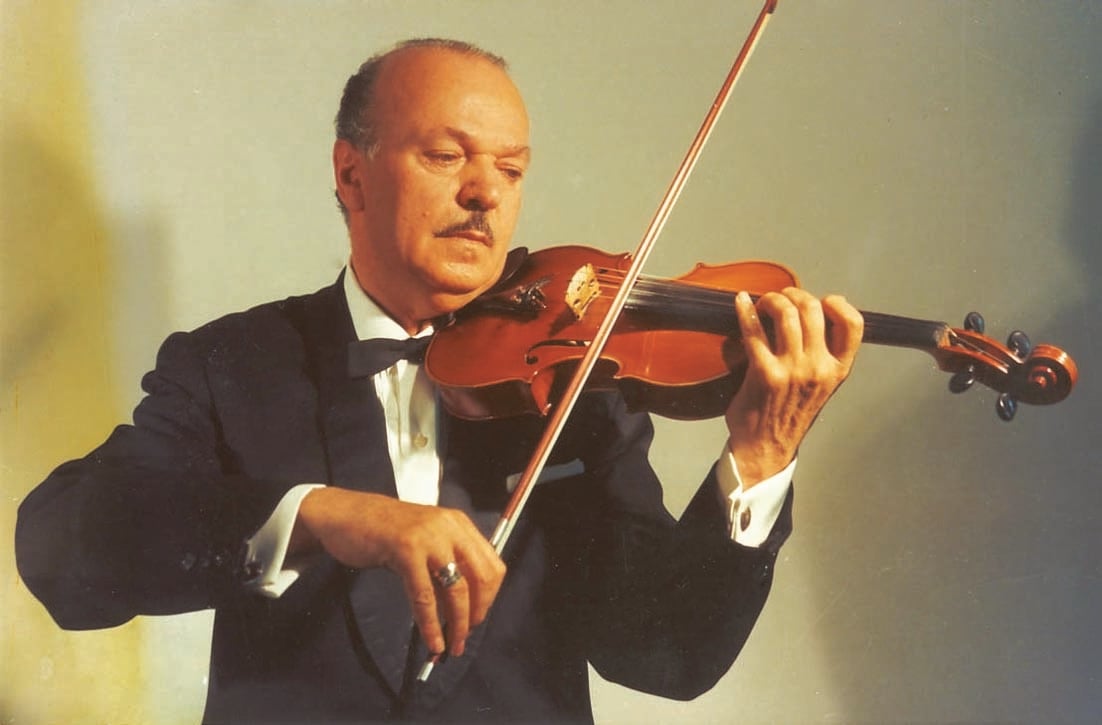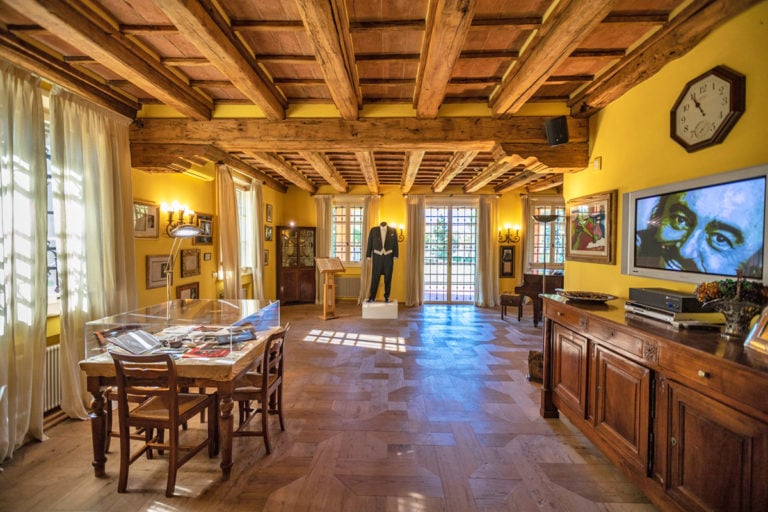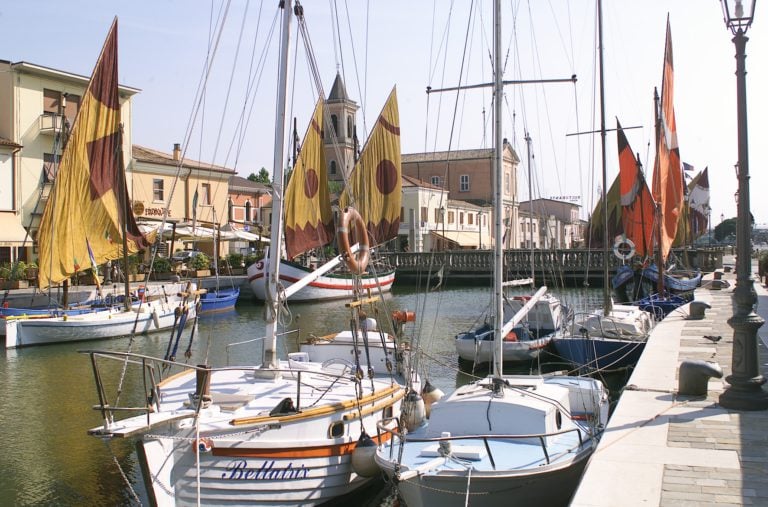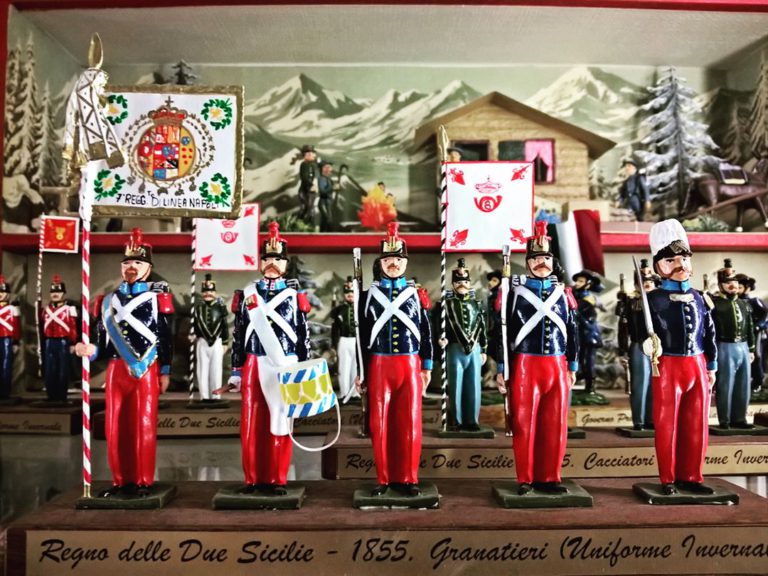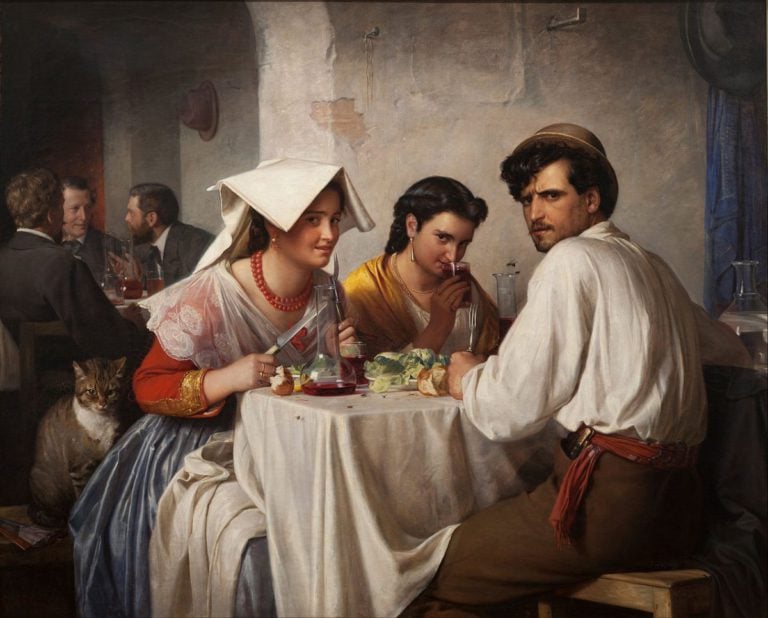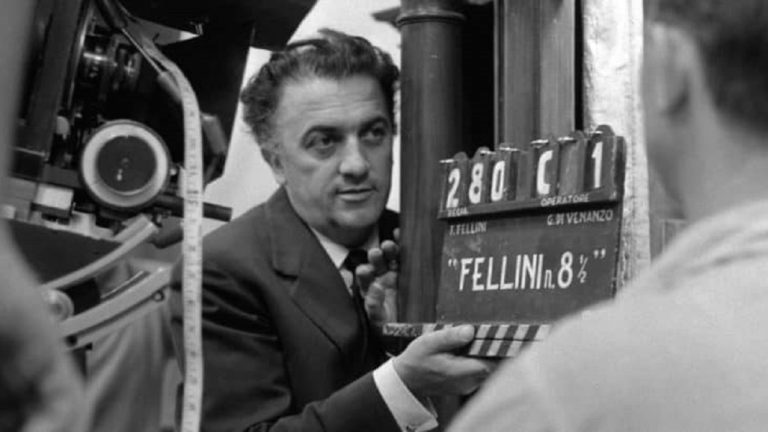Walking through the cities of Emilia-Romagna, it is often common to spot commemorative plaques on the facades of historic buildings. These plaques remind the inattentive passerby of the lives or visits of illustrious figures in those specific places.
The tradition of engraving important events, facts, and figures on stone to preserve their memory is a very ancient practice, dating back to Roman times. Over the centuries, this custom has changed in form and meaning but has always been a characteristic feature of the urban history of our cities.
Even today, the installation of new plaques is a widespread practice, emphasizing the need to convey to citizens the memory of events and people that have shaped their present.
Currently, the Emilia-Romagna Region, exploring its cultural heritage, has identified more than 90 sites that, in various hybrid forms, represent house museums, residences, studios, and archives of artists, writers, musicians, filmmakers, scientists, inventors, collectors, historical figures, and illustrious families, primarily dating back to the last two centuries.
Starting from here, today we focus on the area of Romagna, to tell some of these stories that, through the intimacy of their spaces and the objects they contain, manage to narrate past tales with unparalleled warmth and intimacy.
Casa Artusi - Forlimpopoli (FC)
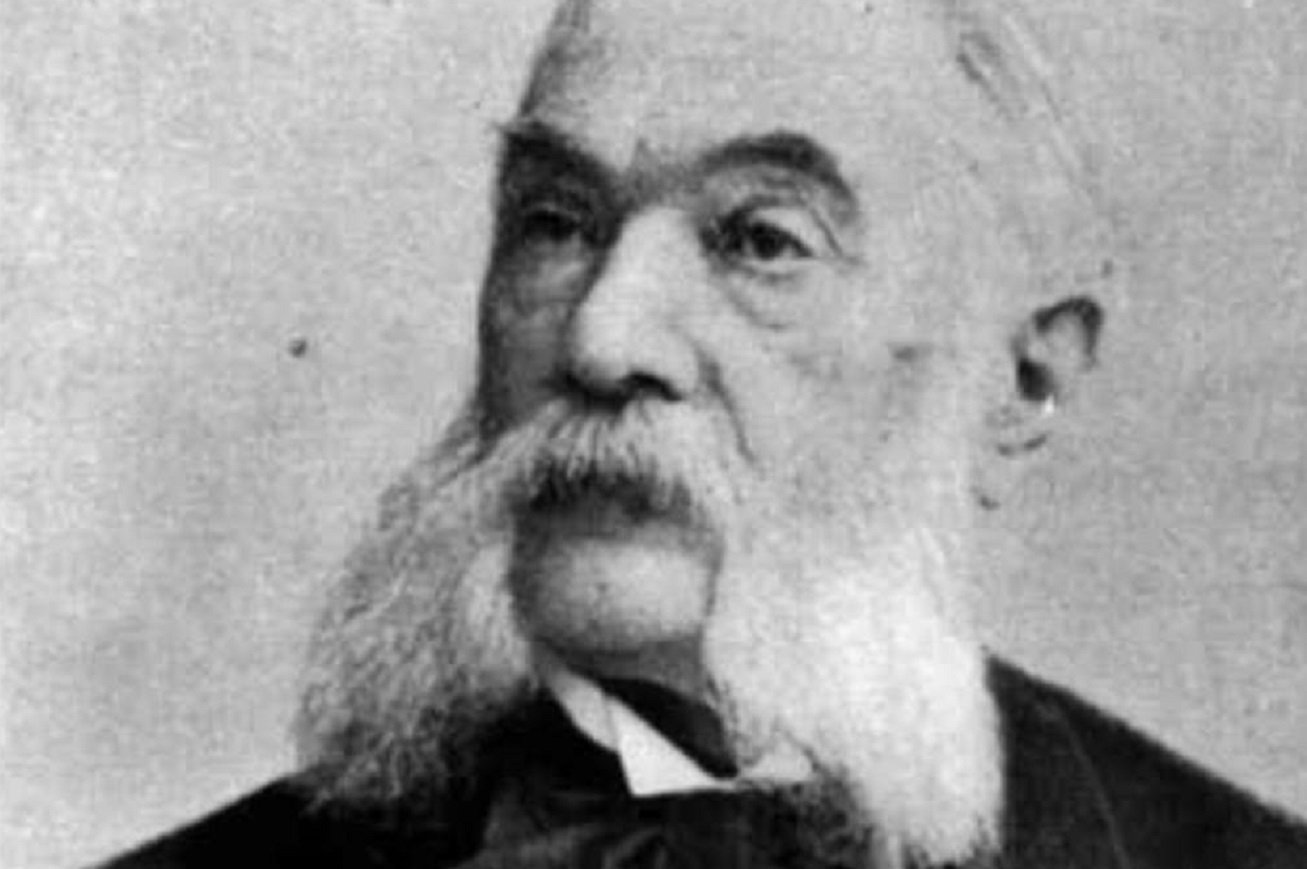
Rightly considered the Father of Italian Cuisine, Pellegrino Artusi (Forlimpopoli, 1820 – Florence, 1911) was the first to collect Italy’s regional recipes in a single work titled “La Scienza in Cucina e l’Arte di Mangiar Bene” (1891).
This volume is undoubtedly fundamental to the gastronomy of our country, so successful that by 1931, a few years after its publication, it ranked among the most-read texts after “I Promessi Sposi” and “Pinocchio”.
Pellegrino Artusi was born in Forlimpopoli (on August 4, 1820), a small town in the heart of Romagna located along the Via Emilia, halfway between Forlì and Cesena.
Today, within the convent of the Church of the Servants of Mary, we find the first living museum of cuisine dedicated to the memory of the illustrious gastronome: Casa Artusi. This choice was deliberately made by the local community after his birthplace was demolished in 1960.
Casa Artusi is a multifunctional space of over 3,000 square meters, comprising a library, a cooking school, a restaurant, and a shop, as well as an exhibition path exploring the life of its inspirer.
Open all year round, it is a place that caters to everyone, amateurs and professionals alike, who are eager to learn traditional Romagnola dishes or simply want to embark on an experiential tour of taste.
Casa Monti - Alfonsine (RA)
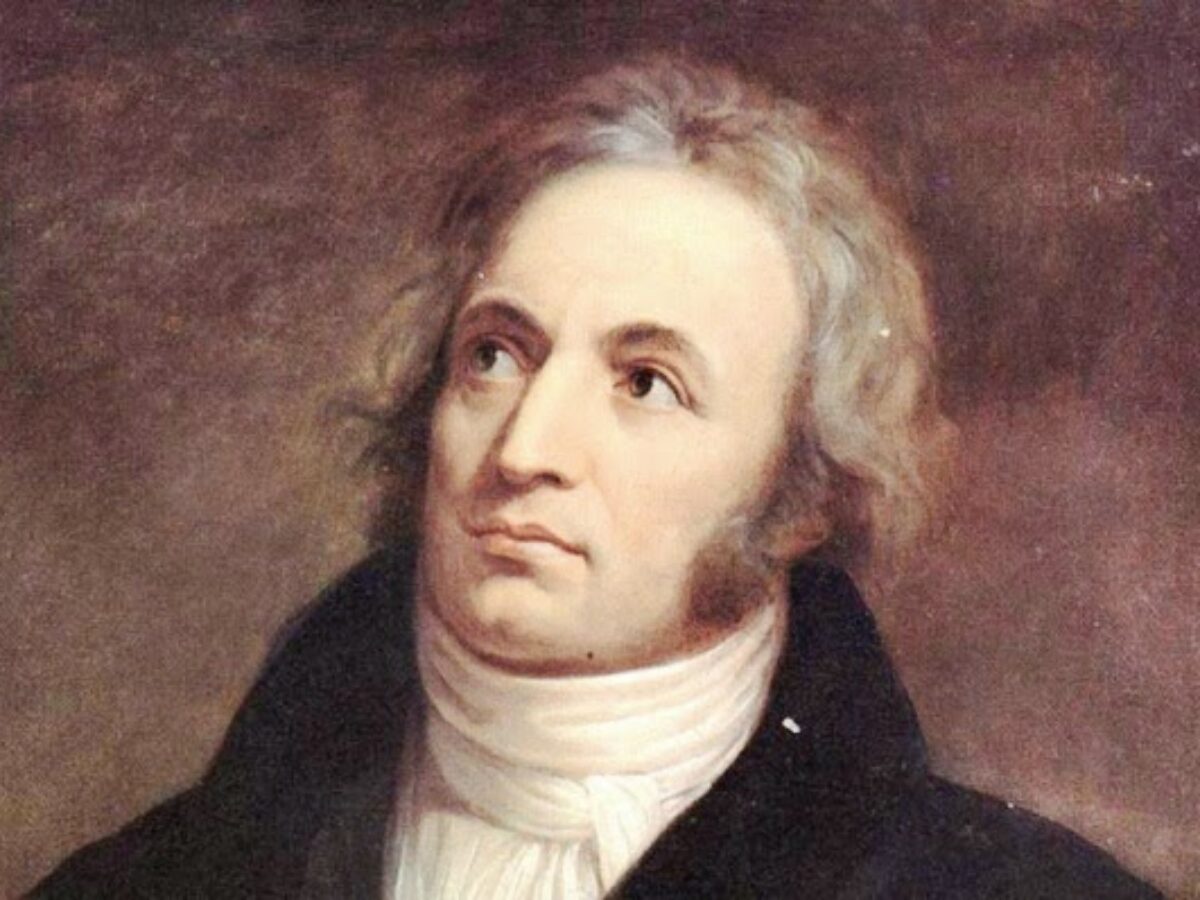
Poet, writer, and playwright Vincenzo Monti (Alfonsine, 1754 – Milan, 1828) was the most important translator of the great epic poem, the Iliad.
In Alfonsine (RA), a small town north of Ravenna, his birthplace, Casa Monti, remains intact, having been restored in 1928 and now owned by the municipality.
Inside, visitors can find a tangible remembrance of the poet, thanks to a meticulous reconstruction of his living spaces, complete with period furniture, correspondence letters, and manuscripts, including original editions of his literary works.
Casa Pascoli - San Mauro Pascoli (FC)
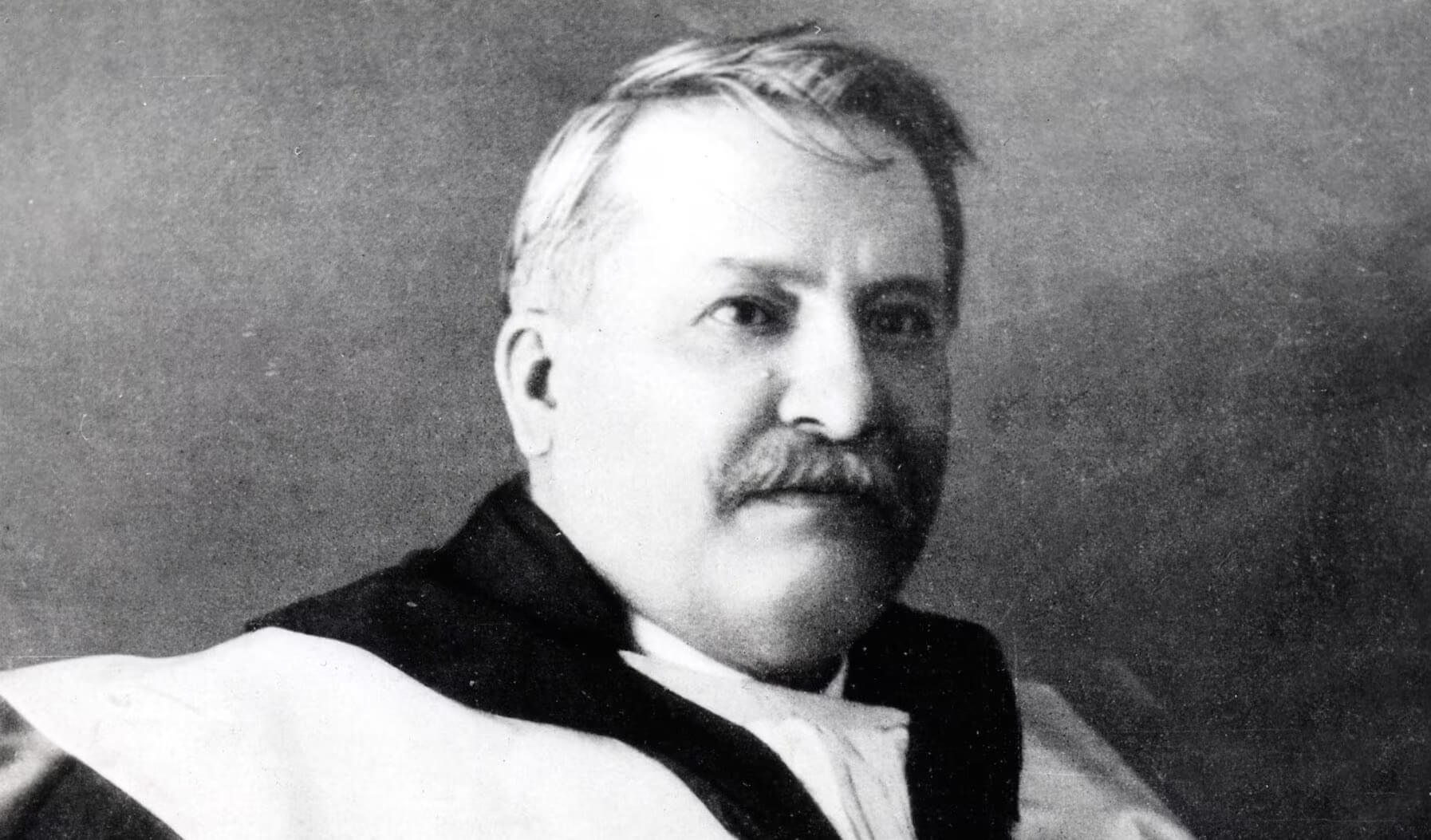
In 1855, Giovanni Pascoli (San Mauro di Romagna, 1855 – Bologna, 1912) was born in the small town of San Mauro di Romagna.
Here, amidst the vast expanses of cultivated fields that characterize this broad region, he developed his poetic vision, finding in childhood and the domestic hearth a comforting refuge from the burdens of life.
In the center of the small town, not far from the central Piazza Mazzini, stands his birthplace, now a museum dedicated to his memory.
Inside, visitors can find relics belonging to his mother, his cradle, various original objects from the era, and documents, including almost all the first editions of his works.
However, the heart of the museum remains the scholar’s study, with his desk, lectern, chairs, and bookshelves, all associated with the period when he taught Italian literature at the University of Bologna.
Casa Museo Secondo Casadei - Savignano sul Rubicone (FC)
There is no one in Italy who hasn’t heard the name of Secondo Casadei (Sant’Angelo di Gatteo, 1906 – Forlimpopoli, 1971) or danced to the rhythm of one of his songs.
Considered the greatest interpreter of Romagna folk music, he is indeed regarded as the creator of the ‘liscio’ musical phenomenon.
He composed widely popular tunes, such as “Romagna Mia,” and together with his nephew Raoul, he brought the joyful spirit of Romagna to the world with his Orchestra Spettacolo Secondo & Raoul Casadei.
His house-museum in Savignano sul Rubicone today also serves as the headquarters of Casadei Sonora music editions, founded by him and directed by his family, and his studio is located in the adjacent residence where he lived from 1957 to 1971.
In Rimini and Gambettola with Federico Fellini
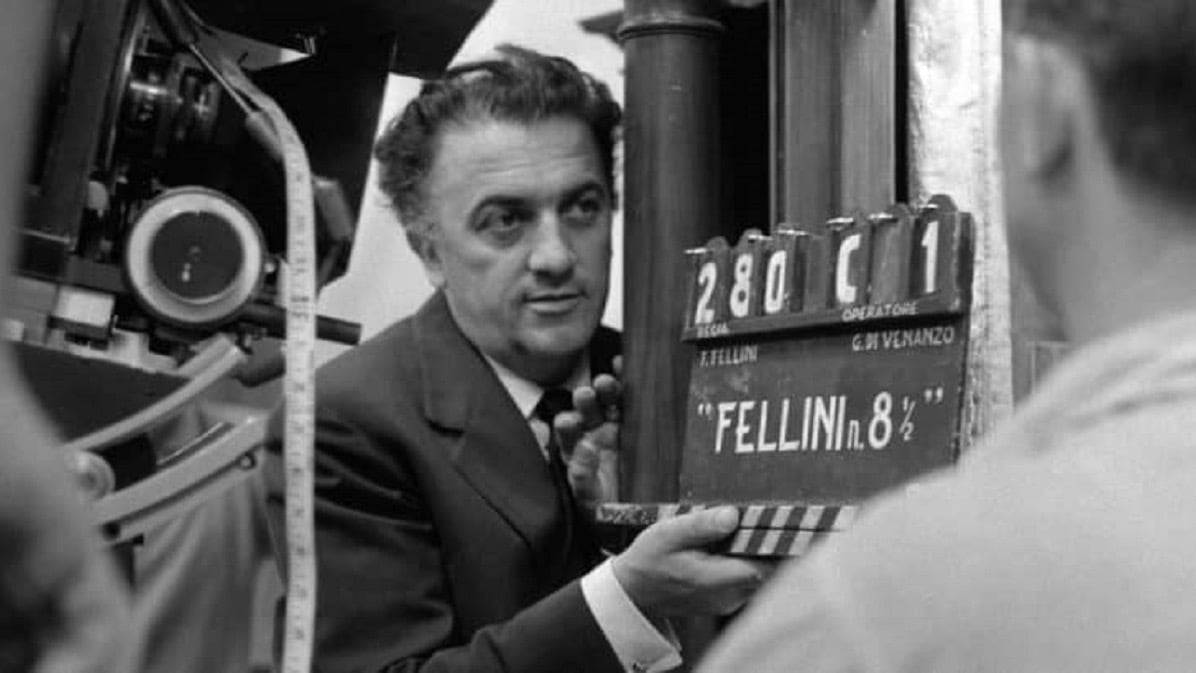
When it comes to Federico Fellini (Rimini, 1920 – Rome, 1993), there is little left to add to the extensive bibliography about him. Celebrated worldwide, he was one of the most visionary directors in cinema history, internationally recognized with numerous Oscars and lifetime achievement awards.
With his unmistakable Romagna accent and dreamy imagination, Fellini portrayed Italy of the 1950s and 1960s, immersing it in a fantastical, solitary, and magical setting.
Although he spent much of his life elsewhere, alongside his inseparable Giulietta Masina, the memory and passion for Romagna, his homeland, never left him. This bond was reflected in his fatalistic and ironic approach to life.
Today, it is possible to explore Fellini’s Rimini through a special itinerary. While the city never hosted the filming of his movies, it remains the place that most influenced his artistic imagination.
The itinerary, consisting of 8 and ½ stops, begins at the new FM – Fellini Museum, the largest and most innovative exhibition space in the world dedicated to Fellini’s genius and poetic legacy, spread across three locations: Castel Sismondo, Palazzo del Fulgor, and Piazza Malatesta.
Thus, one can embark on a journey through his Rimini, which, despite never being the set of his films, is the city that most influenced his artistic vision.
Another significant place linked to Fellini is located in Gambettola, along the Via Emilia, not far from Rimini. Here stands the house where the famous director spent his childhood with his grandparents. Casa Fellini, still standing today, is a vivid testament to the unbreakable bond between the director and his homeland, destined to become a center for cinematic and circus arts.
Casa dei Mandorli - Pennabilli (RN)
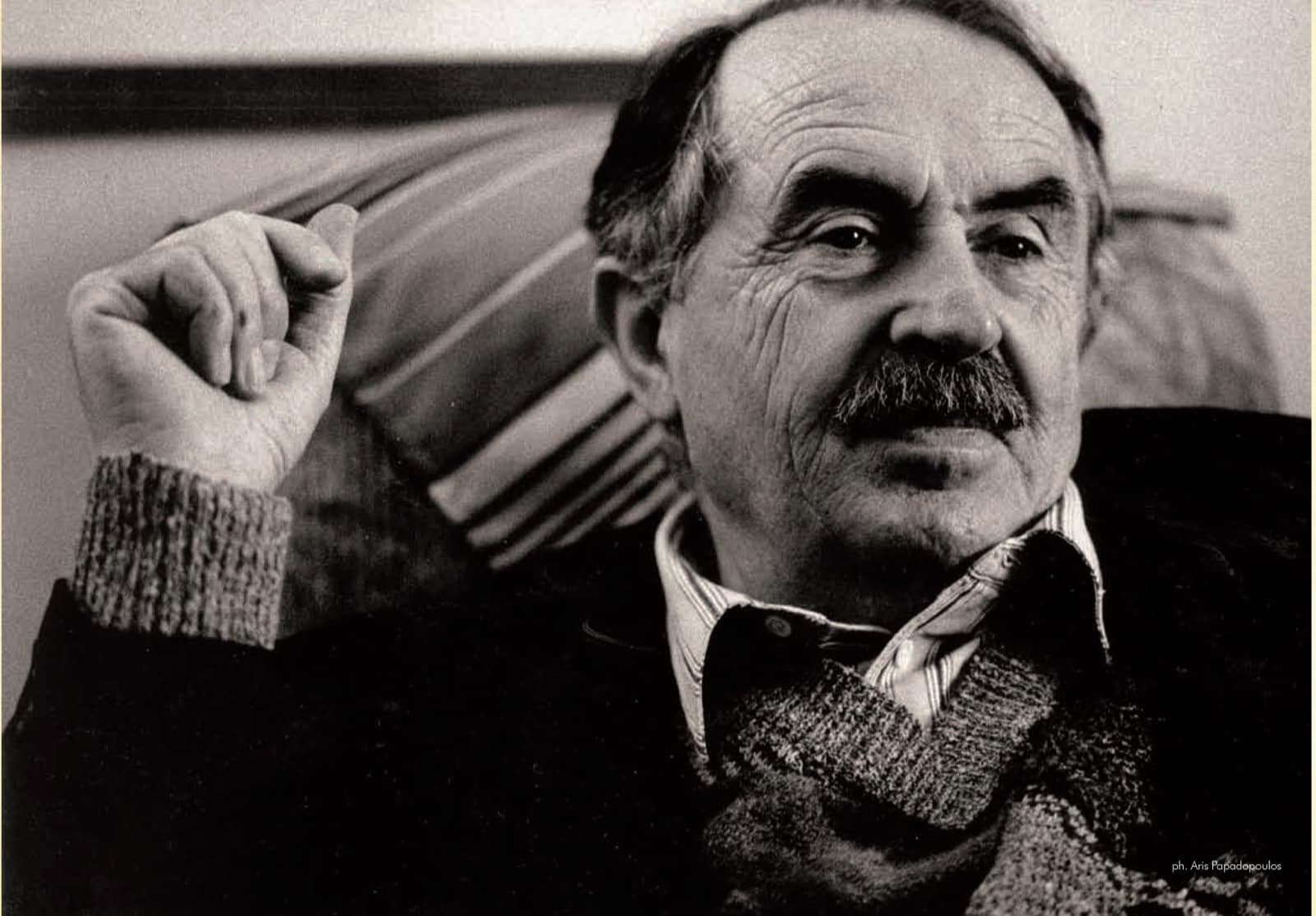
A close friend and collaborator of Fellini, Tonino Guerra (Santarcangelo di Romagna, 1920 – 2012) was born in Santarcangelo di Romagna in the 1920s. From there, he set out to conquer the world of cinema through his poetry, crafting some of the most important screenplays in Italian film production.
Antonioni, De Sica, Monicelli, Rosi, Bellocchio, and, of course, Fellini were some of the great directors he worked with throughout his life. Alongside his screenwriting, he engaged in other forms of art, such as theater, painting, and, ultimately, sculpture.
After years spent away from Romagna, in 1984, Guerra decided to return to his homeland, seeking refuge in the hills of Val Marecchia in the village of Pennabilli, a place historically linked to the noble Malatesta family.
Amidst the silence and green valleys of this unspoiled place, he continued to nurture his imagination, developing “I luoghi dell’anima” a true open-air museum created in the village gardens. Here, visitors can still lose themselves among installations, paintings, sculptures, and ceramics.
This is also where the so-called Casa dei Mandorli is located, where the poet lived from 1989 until his final days. A few years later, the Tonino Guerra Museum was inaugurated in his beloved Santarcangelo, allowing visitors to discover the most artistic and dreamlike aspects of the poet through his art.
Casa Ariosto - Ferrara
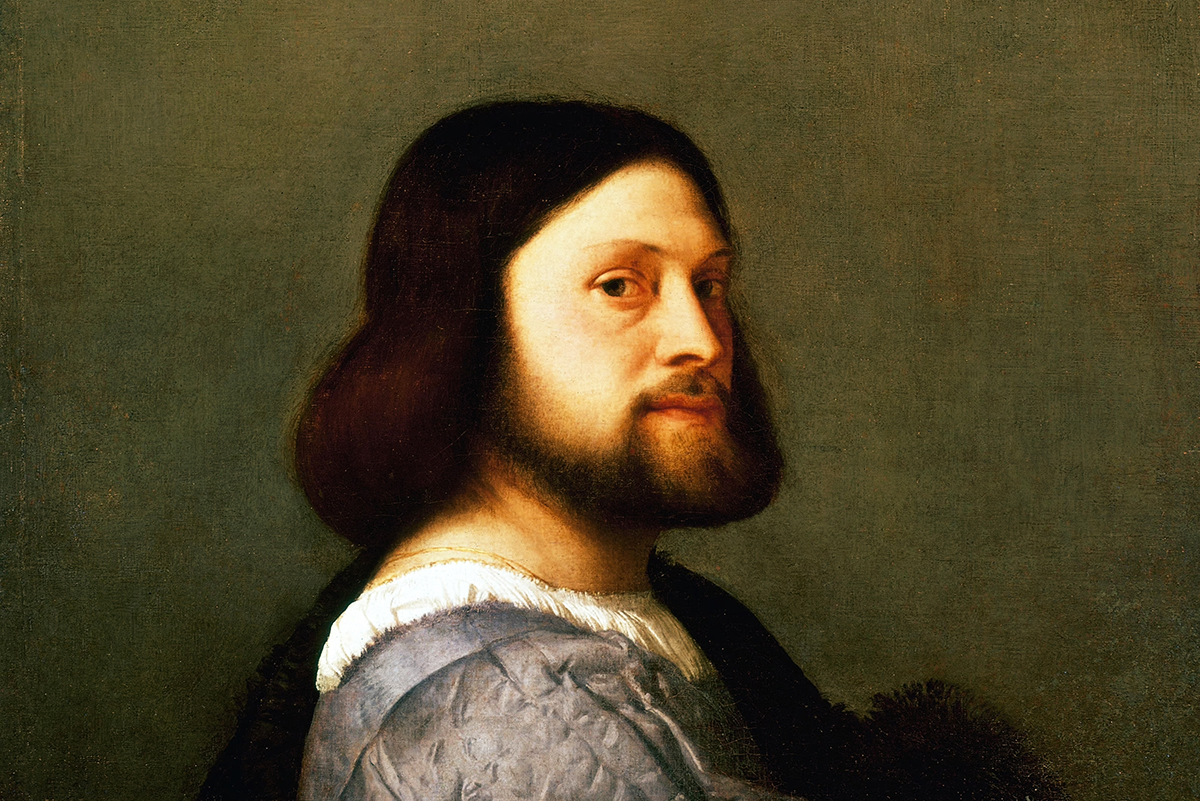
Everyone knows Ludovico Ariosto (Reggio Emilia, 1474 – Ferrara, 1533). We studied him in school, reading and analyzing his great literary epic, “Orlando Furioso,” first published in 1516.
This fantastic storyteller of heroes and paladins, romantic adventures, enchantments, and magic, despite being in the service of one of Europe’s most important Renaissance courts, the Este, preferred to live away from the “spotlight” in the tranquility of his home, purchased in the heart of Ferrara in Contrada Mirasole.
Today, inside his residence, we find a museum dedicated to his memory, featuring many autograph pieces and a gem above all: the original edition of “Orlando Furioso” illustrated by Gustave Doré
Casa Museo Remo Brindisi - Comacchio (Lido di Spina)
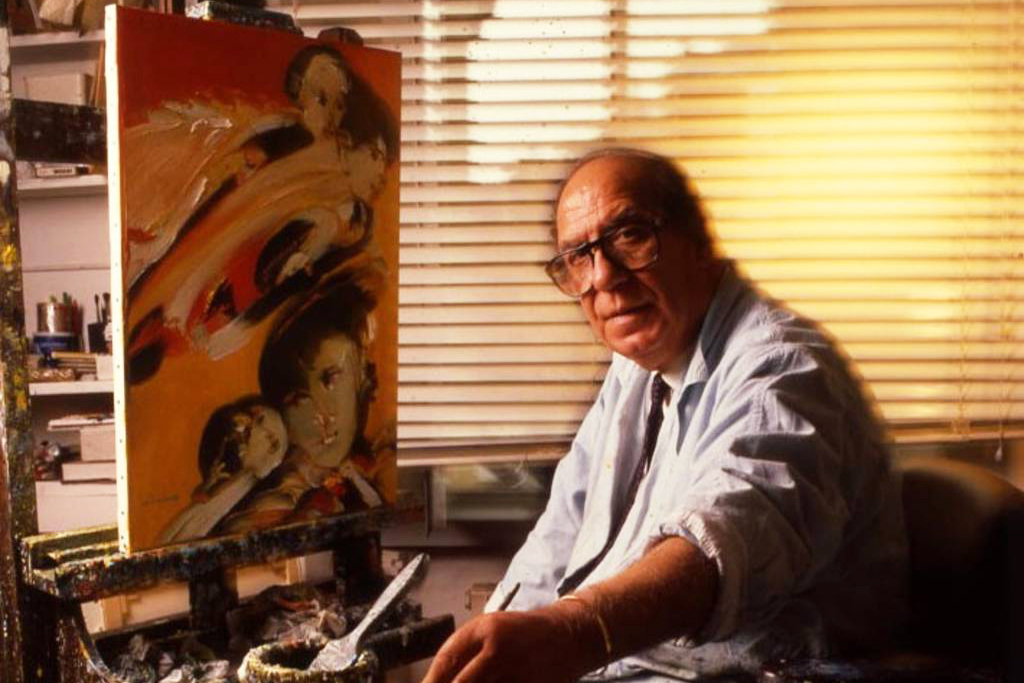
A prominent artist of the 20th century, Remo Brindisi (Rome, 1918 – Lido di Spina, 1996) is rightfully recognized as a painter of extraordinary value, with his works displayed in over 40 museum collections both in Italy and abroad.
Between 1968 and 1973, in collaboration with architect and designer Nanda Vigo, he embarked on an ambitious project in Lido di Spina (Comacchio), just steps from the sea.
Drawing inspiration from the Bauhaus movement, he built a residence intended to seamlessly integrate dual functions: a private home and workspace on one side, and a museum space on the other.
The Casa Museo Remo Brindisi, which he himself called an “Alternative Museum,” today houses about two thousand pieces and documents all the major international artistic movements of the 20th century.
The collection ranges from Segantini and Medardo Rosso to Modigliani, Boccioni, De Chirico, Severini, Casorati, Sironi, De Pisis, Fontana, Burri, Capogrossi, Licini, Vedova, Rotella, and Manzoni. Among the foreign artists featured are Picasso, Braque, Miró, Chagall, Matisse, Klee, Appel, and Sebastian Matta.
In a dedicated sculpture pavilion, there are over a hundred plastic works, including pieces by Giacometti, Moore, Melotti, and Ceroli.
According to the Maestro’s will, the building and its contents are owned by the Municipality of Comacchio and are open to the public during the summer months, typically from March to October.
The homes and studios of illustrious figures in Romagna are far more numerous than what I have included in this brief selection.
If you want to know them all, here is the direct link to the archive of individual profiles created following a detailed census conducted by the Cultural Heritage Service of the Emilia-Romagna Region.
Author

Davide Marino
Davide Marino was born archaeologist but ended up doing other things. Rational – but not methodic, slow – but passionate. A young enthusiast with grey hair
You may also like
The Houses of Illustrious Personalities in Emilia
by Davide Marino /// May 9, 2019
Curious Museums #inEmiliaRomagna | Bologna and surroundings
by Lo Staff /// December 17, 2017

Interested in our newsletter?
Every first of the month, an email (in Italian) with selected contents and upcoming events.
Six Legends and Curiosities You May Not Know About Emilia-Romagna
by Giulia Delaini /// March 9, 2018

